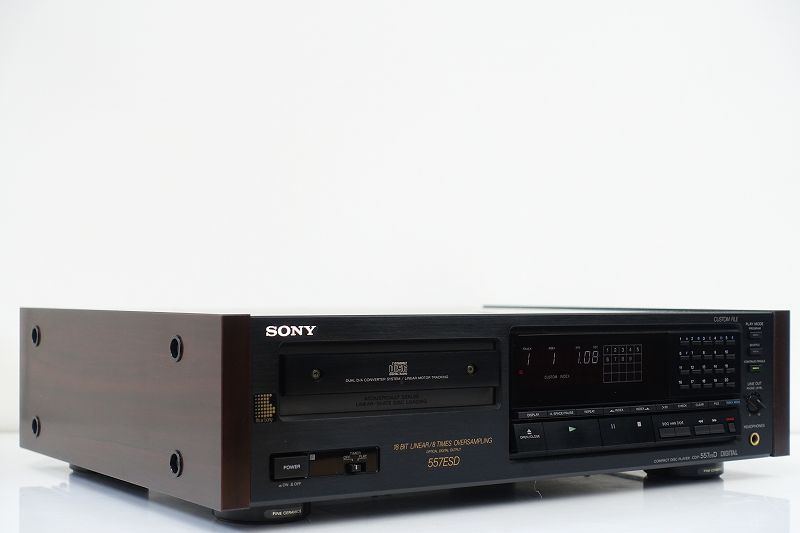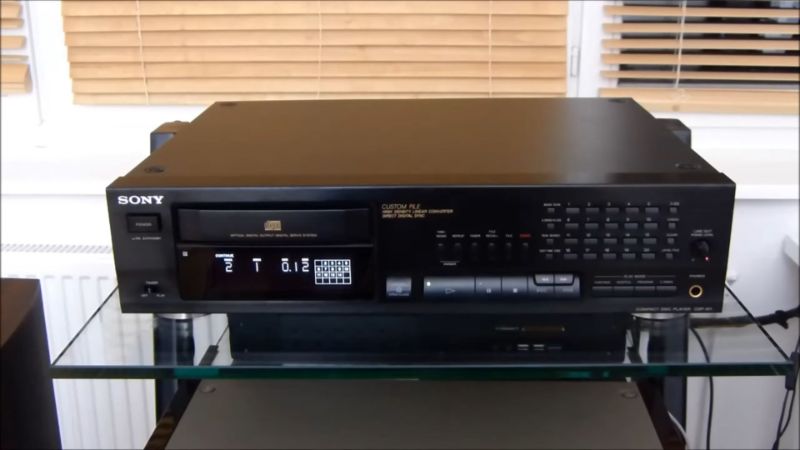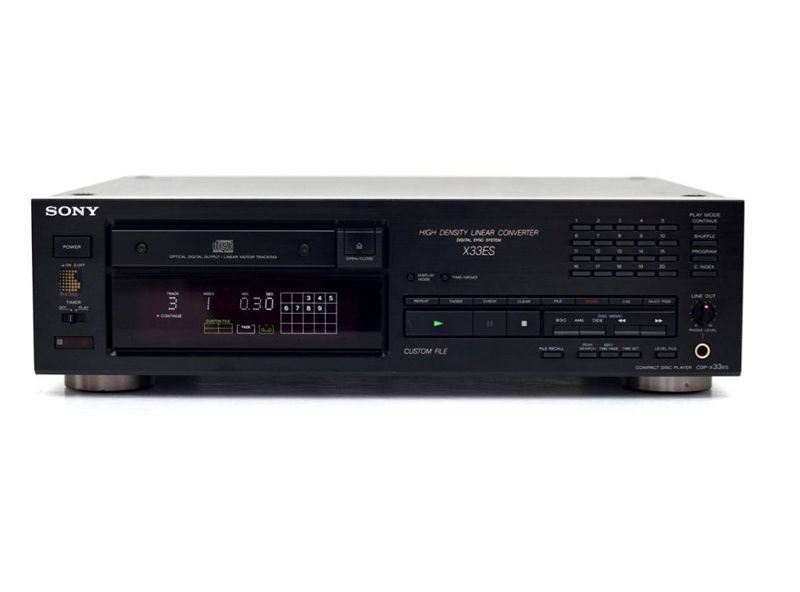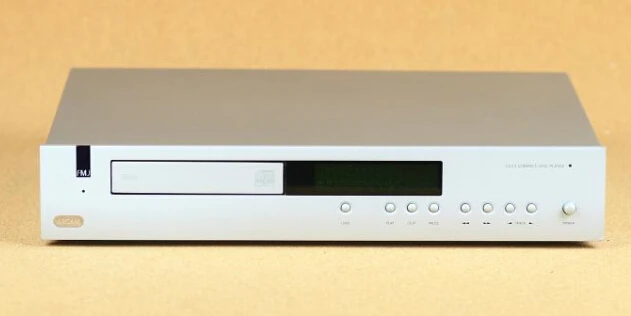The sheer quantity of low-cost Philips-based Marantz CD players produced in the 1980s and 1990s is staggering. The market was continuously moving throughout the heyday of the silver disc, and Marantz, like everyone else, had to come up with new features, adjustments, and/or style to maintain its market position.
In 1988, Marantz released the CD65 Special Edition, which retailed for £249.95 in the United Kingdom. In today’s money, that’s around £750, thus it’s considered mid-priced by today’s standards. This is the Mk II edition, which is nearly identical to the Mk I, right down to the dreadful molded plastic fascia and base. At the very least, the transport buttons are brushed metal, making one’s point of touch with the machine pleasant. The thin pressed steel top casing is held in place above and behind the front by Ken Ishiwata’s distinctive copper screws – which go to plastic on the chassis within…
In certain ways, the CD65II Special Edition’s slimline (420x90x300mm, 4kg) style still works today. It’s sleek, purposeful, and free of distracting style flourishes. It’s not particularly attractive, but it has a hint of eighties high end about it. I can picture how it was admired back in the day as it played Introspective by the Pet Shop Boys or Out of Time by REM. The cheesiest feature is the slapped-on Special Edition badge on the front of the disc tray, which is set in italic script — a hallmark of class in the 1980s. With cool bright blue numerals, the display is basic but instructive. To its credit, unlike many seventies designs, it still functions flawlessly after thirty-one years, unlike numerous Sonys I could name…
Overall, this machine feels fragile; Marantz was probably anticipating that buyers would interact with their new CD players mostly through the (at the time) fashionable remote control. The molded plastic base is filthy – though you never see it – and the back panel isn’t much better. The ‘Made in Belgium’ sticker revealed that this had considerably more in common with Philips than the massive Marantz behemoths of a decade before.
In actuality, it was made at the Philips factory in Hasselt. The disc tray is also made of cheap plastic and whirls out in a way that no respectable Sony of the time would. The small damping pad on the underside of the top cover is rather pitiful, and it doesn’t stop the case from sounding tinny when you rap your knuckle on it.
Take a closer look at the CD65II Special Edition’s internals, however, and you’ll see it in a different light. The disc transport is the well-known Philips CDM4 metal hub, swing arm, single beam design, which audiophiles have come to revere. The quality is superb, and it is significantly more reliable in terms of laser failure than the CDM12 series, which quickly became the industry standard in the early to mid 1990s. Marantz made a big deal about playing the new 80mm CD singles, but in 2020, no one cares. What’s more, the mech is well-isolated, and it’s connected to an electrical coaxial digital output connector at the back of the player, replete with a shorting plug. To put it another way, this is a fantastic CD transport.
The catch is that many people may not want to utilize the CD65 II Special Edition as such, because it has dual Philips TDA1541A DACs on its copper-plated, double-sided printed circuit board. Yes, the famed 16-bit, 4-times oversampling chips that CD aficionados secretly covet — now in a better, lower-distortion form. This Marantz is a digital hot rod because of these features, as well as its great transportation. The main board’s underbelly has a lot of surface mount components, making it a more modern machine than it appears. So, how about those Special Edition details? For your money, you get higher-quality ELNA Cerafine capacitors in strategic positions, copper screws, and the aforementioned sticky fascia sticker.
Overall, we have one of the last CD players from the 1980s to have that magical combo of Philips CDM4 and TDA1541As – in their final and (nearly) greatest forms. Switch on the machine, wait a few minutes for it to warm up, then sit back and marvel. It doesn’t sound anything like the TD1541s used by previous players, which were believed to be harsh and brilliantly lighted. Instead, you get a lovely soft and mellifluous tone that sounds as close to a valve as anything digital has ever sounded. When compared to this antique Marantz, my reference Chord Hugo TT2 DAC sounds sleek and clinical, without much of the romance. True, the CD65’s bass is a little faint, and it lacks the clarity of a new digital product, but it’s incredibly pleasant, and the music just appears to flow like water.
Hearing this player in a modern setting debunks the myth that early CD was bad, and the cliché that it sounded harsh isn’t uniformly accurate. Rather, by today’s standards, the Marantz CD65II Special Edition is really great and has a lot of appeal. True, it isn’t the most meticulous or precise, but that isn’t the goal. Its treatment of female vocals can still teach any current machine a thing or two – in fact, you’ll be surprised at how far digital audio has come in the last three decades…
The good news is that these devices are cheap on the secondhand market – we’re talking £100 to £200 depending on condition – but the bad news is that they’re hard to come by. Regardless, they are available and can be inexpensive if you find a good example. Consider this: to my ears, this Marantz’s transport sounds better than the highly regarded Cyrus CD Xt Signature, which sells for £2,000 today. Good luck with your search…







